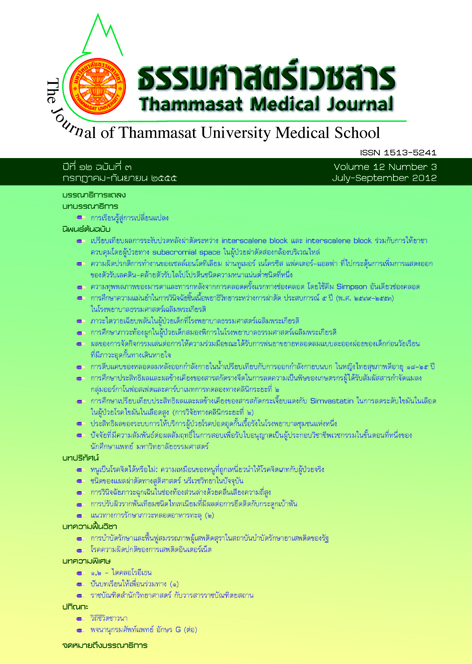Maternal and Neonatal Morbidity after First Vaginal Delivery using one Simpson’s Forcep
Keywords:
instrumental delivery, One Simpson’s forcepAbstract
Objective: To analyse maternal and neonatal morbidity associated with instrumental delivery using One Simpson’s forcep
Methods: Between January 2011 and June 2012, 680 nulliparous women with term, singleton, cephalic pregnancies gave birth by either one forcep (n=334) or spontaneous vaginal delivery (n=346) and were studied in a retrospective case-control study. Maternal and neonatal morbidity were compared in the one forcep vs.spontaneous delivery groups.
Results: Women who underwent instrumental delivery using One Simpson’s forcep was more likely to have severe perineal tears (OR 5.3, 95% CI 1.1-24.4), occiput posterior position (OS) (OR 3.8, 95% CI 2.09-7.2), birth weight > 4000g. (OR 3.7, 95% CI 1.21-11.4), and extended hospital stay (OR 1.52, 95% CI 1.1-2.0) than women having a spontaneous vaginal birth. No signifi cant difference was noted in neonatal period.
Conclusion: This data supported the safety of One Simpson’s forcep on infant outcome. Maternal morbidity observed with One Simpson’s forcep was lower than that reported in the literature for other modes of instrumental delivery but the risk for perineal morbidity was higher than for spontaneous delivery. Neonatal morbidity appeared to be limited.
Key words: instrumental delivery, One Simpson’s forcep


